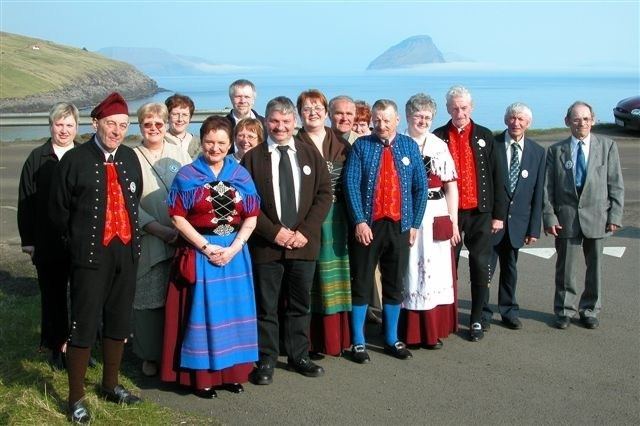 | ||
A folk costume (also regional costume, national costume, or traditional garment) expresses an identity through costume, which is usually associated with a geographic area or a period of time in history. It can also indicate social, marital and/or religious status. Such costumes often come in two forms: one for everyday occasions, the other for festivals and formal wear.
Contents
- Central Africa
- Eastern Africa
- Northern Africa
- Southern Africa
- Western Africa
- Central Asia
- Eastern Asia
- Southern Asia
- Southeastern Asia
- Western Asia
- Eastern Europe
- Central Europe
- Northern Europe
- Southern Europe
- Western Europe
- Caribbean
- Central America
- Northern America
- Australia and New Zealand
- Melanesia
- Polynesia
- South America
- References
Following the outbreak of romantic nationalism, the peasantry of Europe came to serve as models for all that appeared genuine and desirable. Their dress crystallised into so-called "typical" forms, and enthusiasts adopted that attire as part of their symbolism.
In areas where Western dress codes have become usual, traditional garments are often worn at special events or celebrations; particularly those connected with cultural traditions, heritage or pride. International events may cater for non-Western attendees with a compound dress code such as "business suit or national dress".
In modern times, there are instances where traditional garments are required by sumptuary laws. In Bhutan, the traditional Tibetan-style clothing of gho and kera for men, kira and toego for women, must be worn by all citizens, including those not of Tibetan heritage. In Saudi Arabia, women are also required to wear the abaya in public.
